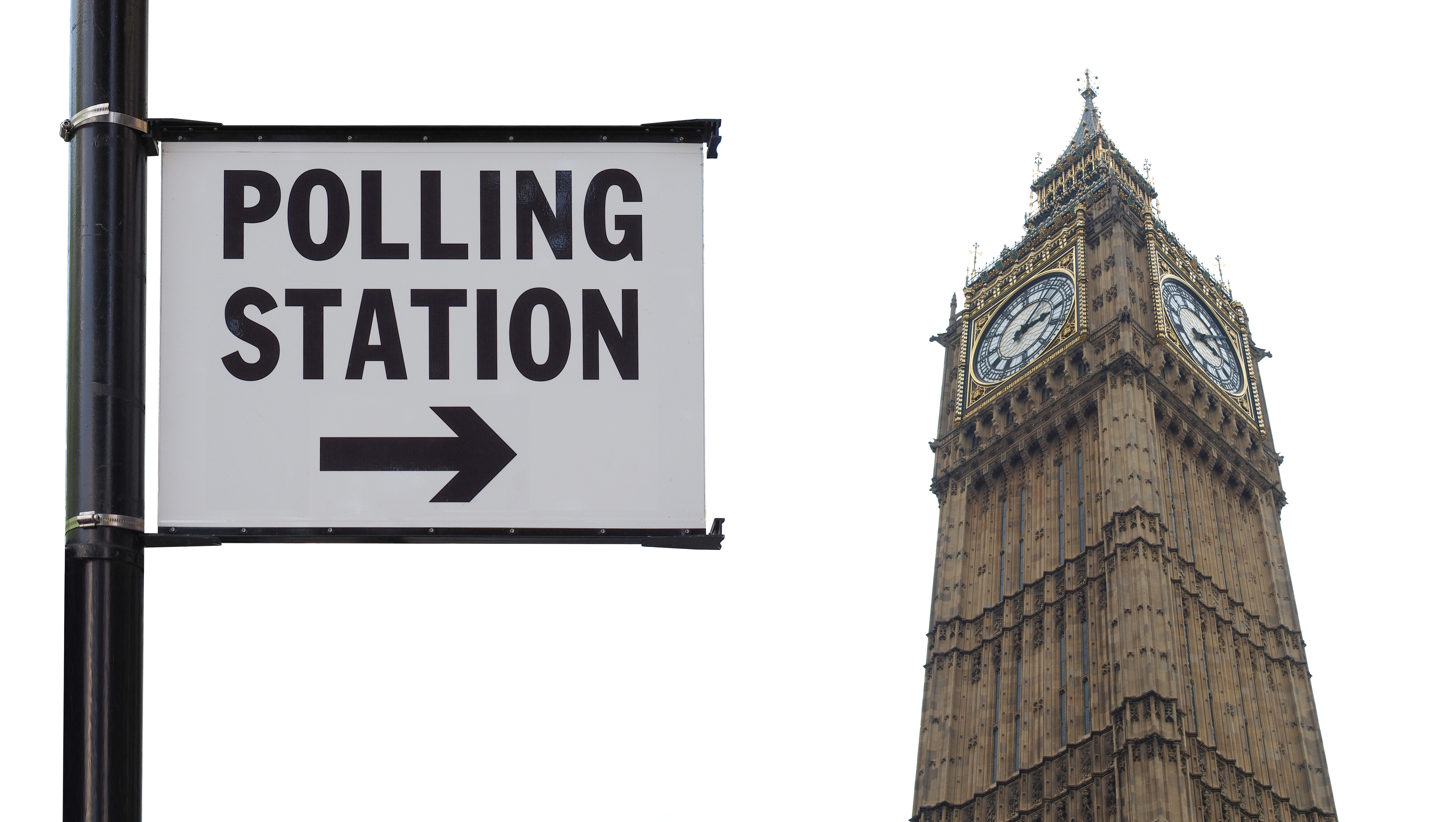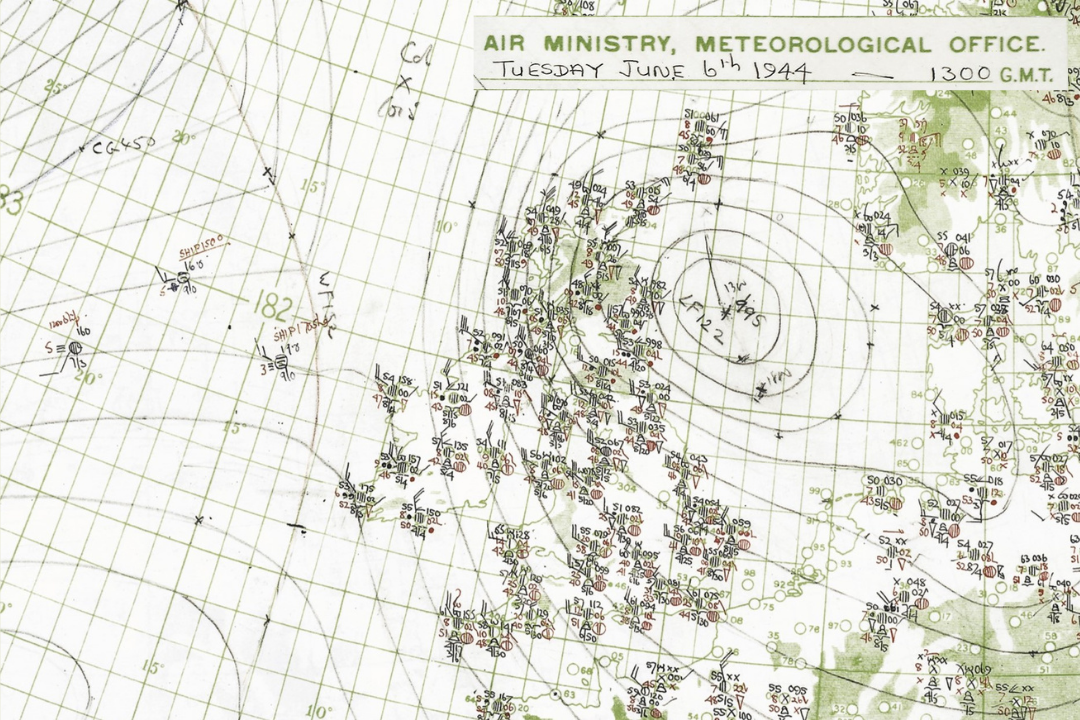

Weather to vote?
by Kirsty McCabe, FRMetS
General elections in the UK are usually held during spring or summer, with 4 July the date to head to the polls in 2024. Given that elections aren't held on fixed dates, it’s hard to compare the weather with previous elections, especially when you factor in the changeable and rather chilly weather experienced so far in 'summer' 2024.
Here at MetMatters, we’ve been taking a look back at the statistics from previous general elections, though it’s worth noting that while weather definitely affects our mood, it doesn’t seem to have an impact on voter turnout.
Back in December 2019, an election was held ten days before the winter solstice — the shortest day of the year. And that meant daylight hours were less than half compared to the election of June 2017, which was held two weeks before the summer solstice.
But voter turnout from the cold, dark and wet 2019 election was only slightly less than in 2017, 67.3% compared to 68.8%. And it was still higher than the four elections held between 2001 and 2015 which were all in May or June.

Highs and lows from previous general elections
Warmest
18 June 1970 was the warmest general election for England, Wales and Scotland, with temperatures peaking at 28.3 °C in London, 27.8 °C in Wrexham and 26.9 °C in Prestwick. But for Northern Ireland, 5 July 1945 was their warmest general election with a high of 22.8 °C.
Coldest
Daytime 'highs' didn't reach above freezing in Shetland during the general election of 23 February 1950 where they peaked at -1.1 °C. February is a particularly cold month for general elections, with North Yorkshire reaching -0.3 °C on 28 February 1974. Wales and Northern Ireland managed to get above freezing on the same date; Clwyd got to 1 °C and Country Antrim reached 2.5 °C.
Wettest
14 November 1935 will be remembered as one of the wettest general elections, with 62.2mm recorded in both Devon and Mid Glamorgan. Scotland's wettest general election was also in the autumn, with 34.5mm in Argyll on 29 October 1924; while Northern Ireland's County Down received 38.7mm on 28 February 1974 (making it their wettest and coldest general election).
Sunniest
The time of year has a big influence on sunshine hours available. No surprise that June does well here, with 16.7 hours at Shetland on 18 June 1970. The same date brought 15.8 hours of sunshine to North Yorkshire and Humberside. Wales had its sunniest general election on 7 June 2001 with 15.1 hours in West Glamorgan. Meanwhile, Northern Ireland recorded 12.9 hours of sunshine during the general election of 1 May 1997 in Counties Down and Antrim.
Windiest
Maximum wind gusts often accompanied the colder and wetter general elections. 31 March 1966 was particularly windy for Scotland with a gust of 67 knots in Orkney. Elsewhere it was 28 February 1974 (again!) that brought 45 knots to County Down and Devon, and 48 knots to Gwynedd. Wales had an equally windy general election on 8 June 2017, again in Gwynedd.
Snowiest
Hopefully we won't be trudging through snow to get to a polling station during a July election, but it may surprise you that the snowiest general election was on 3 May 1979, when 13cm of snow fell at Princetown in Devon. The same date brought 3cm of snow to Mid Glamorgan and 1 cm to County Fermanagh. Scotland's snowiest general election was on 6 December 1923 with 14 cm of snow at Balmoral in Aberdeenshire.
So what sort of weather is typical for 4 July? It’s actually my wedding anniversary, so I can vouch for warm sunshine some years. However, more recently it has been rather mixed with sunshine and showers. Temperature wise, average July temperatures are usually around the mid to high teens across the UK with southern England typically into the low twenties. But we have experienced a range of temperatures on 4 July over the years. From a subzero overnight low of -0.6° C at Santon Downham, Norfolk, on 4 July 1965, to a daytime high of a sweltering 34.1 °C on 4 July 1976 in Cheltenham, Gloucester, and North Heath, West Sussex. And of course, who can forget 19 July 2022 when the UK set an all-time temperature record of 40.3 °C, breaking the 40-degree barrier for the first time.
4 July 2024 is likely to be cool, breezy and showery. But whatever the weather, the polling stations will be open.
Data taken from the UK land observations network from 1900 to 2023



